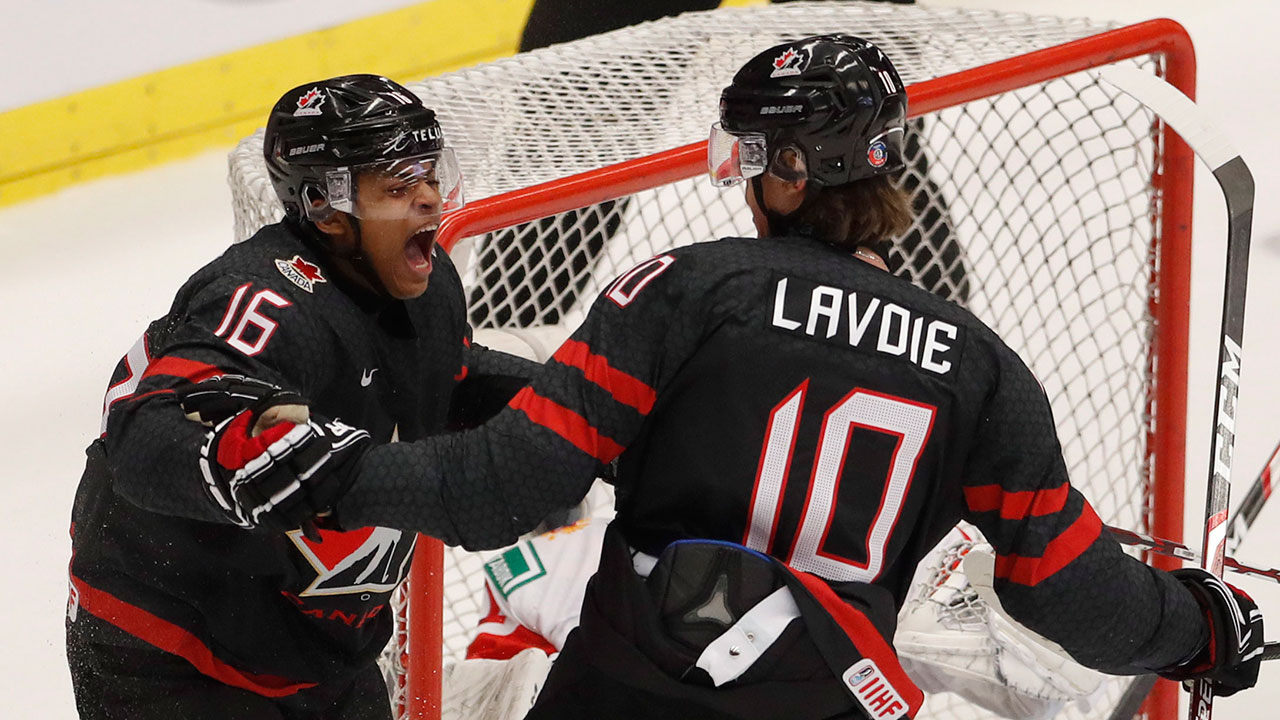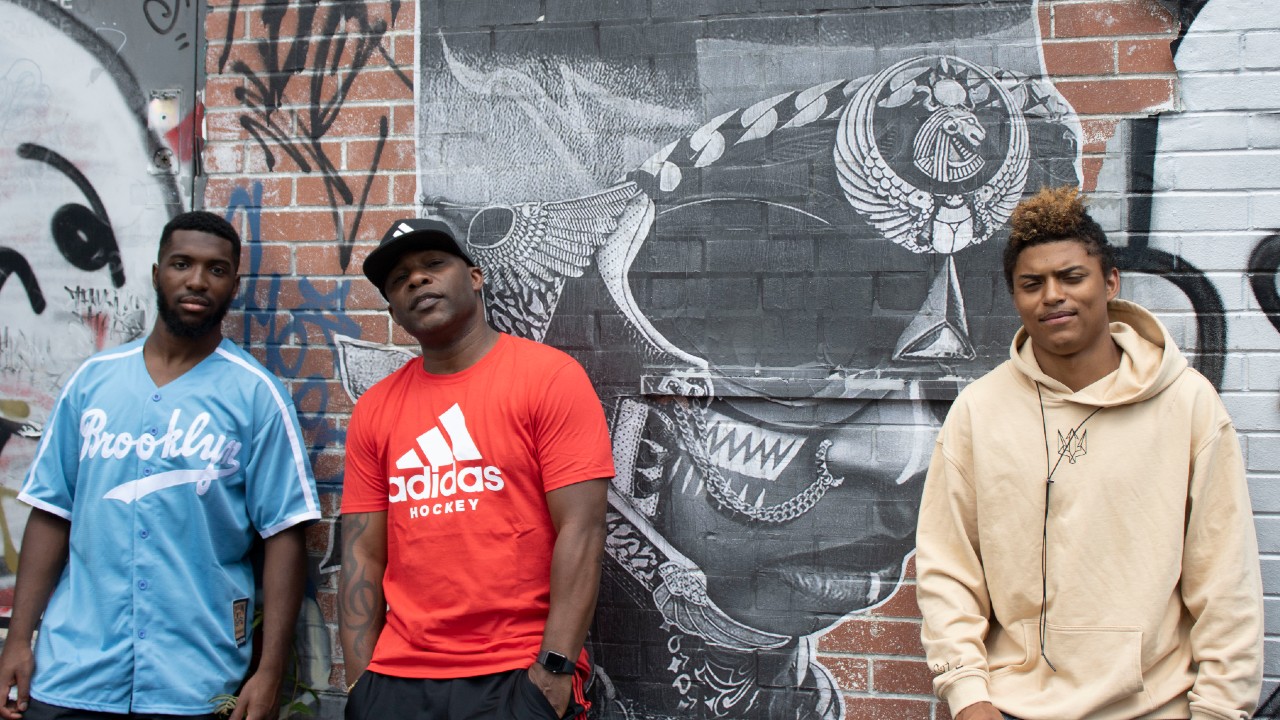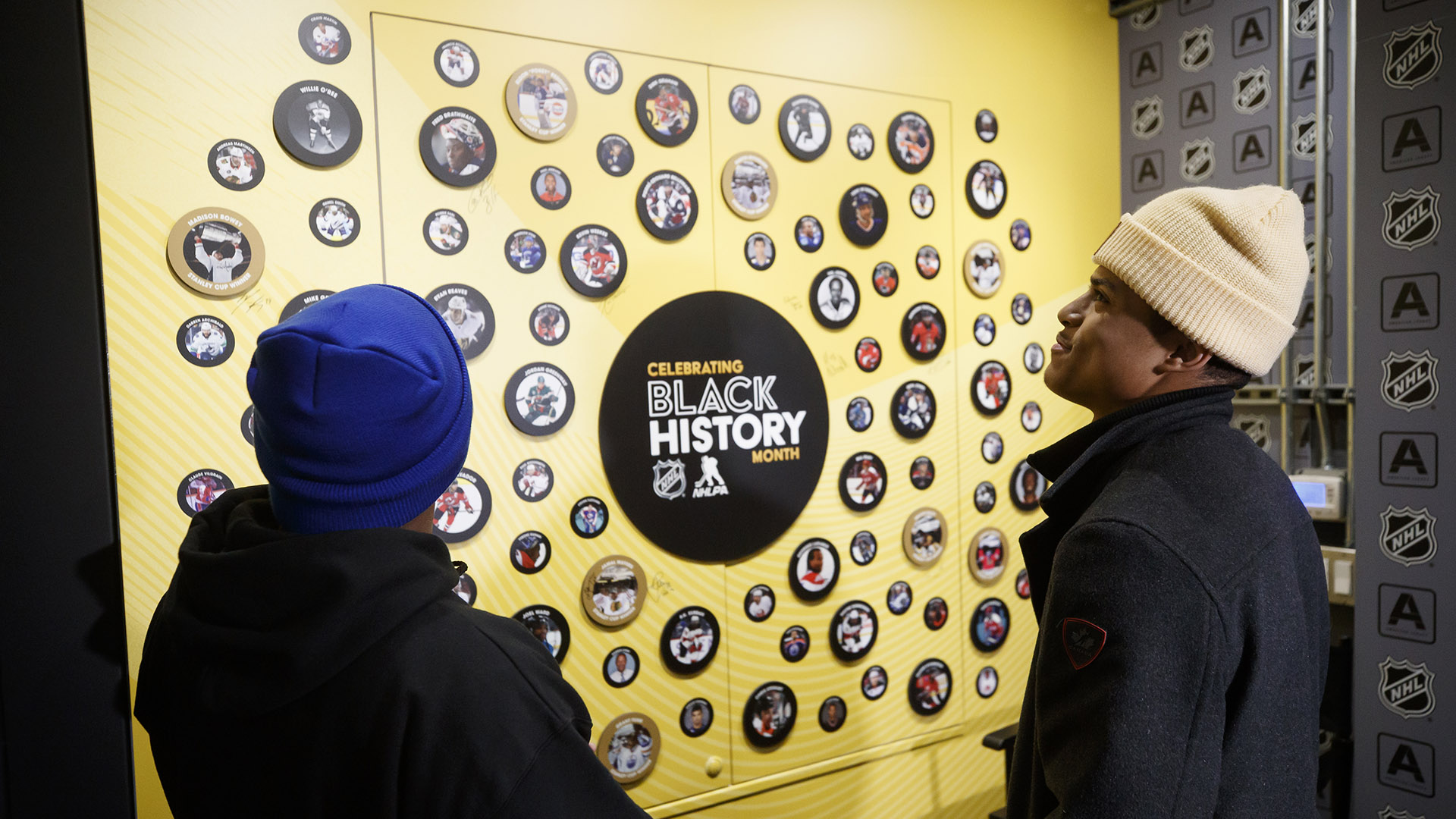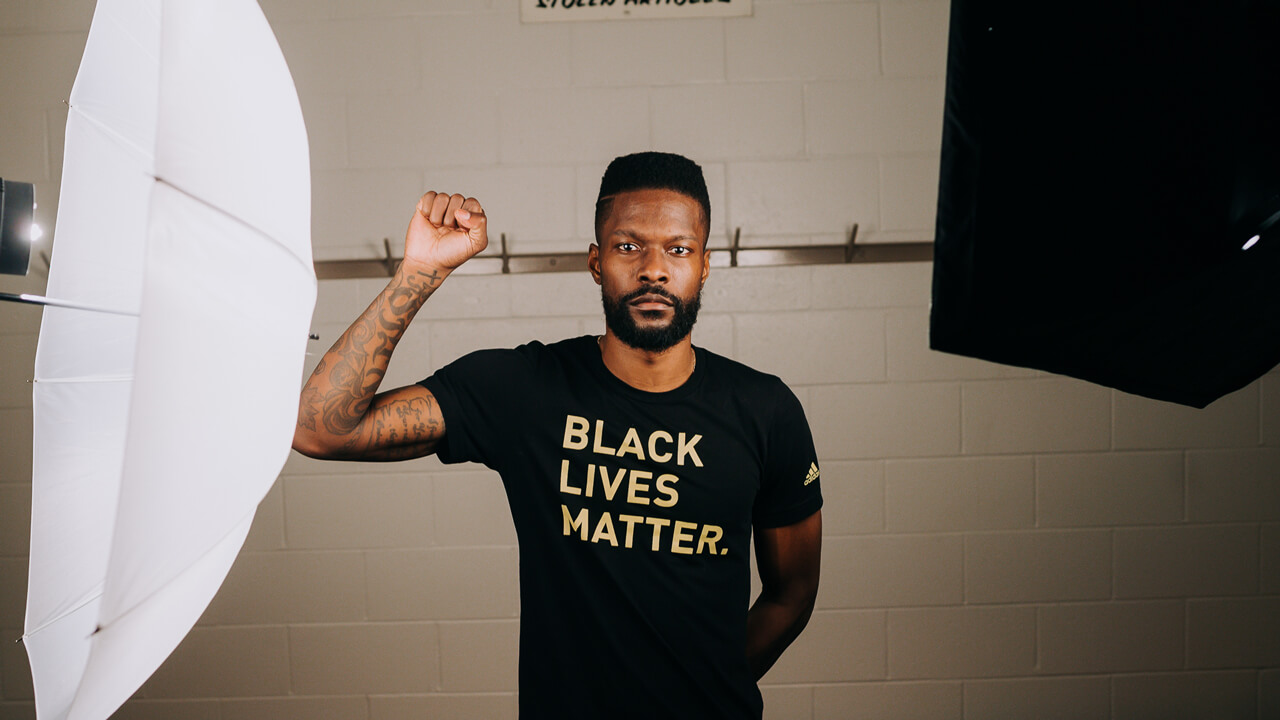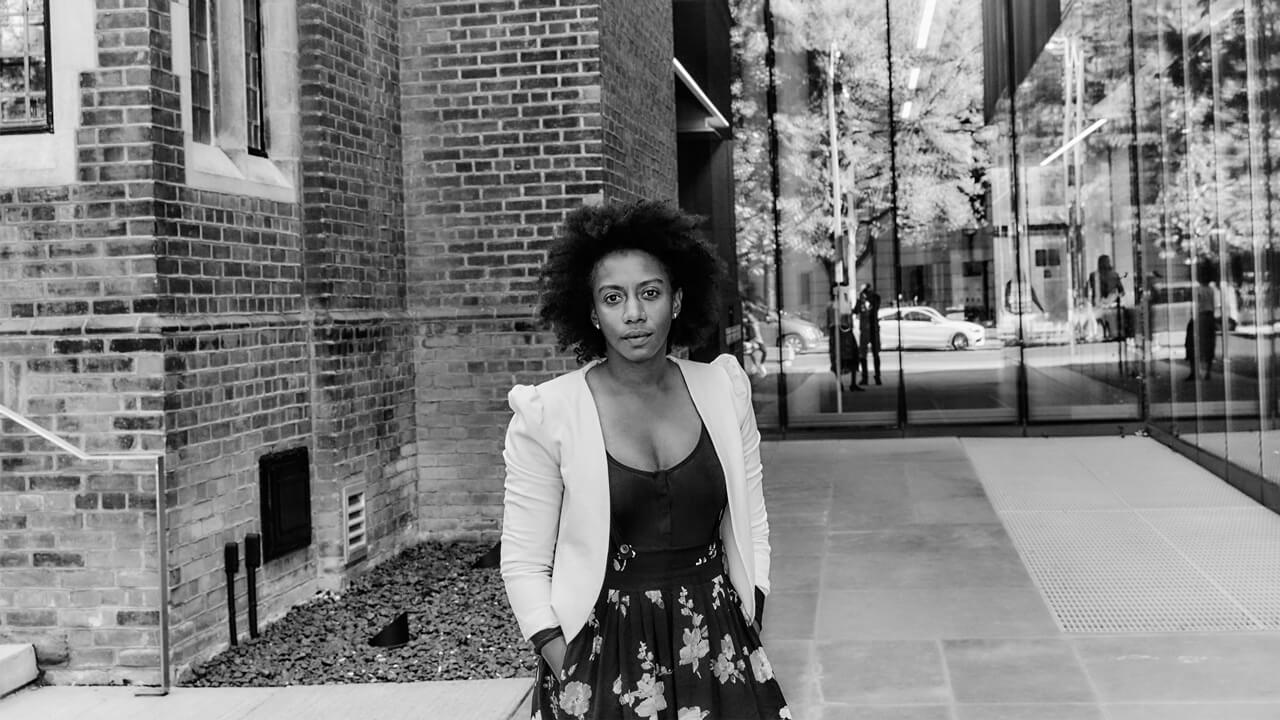While Thomas prepares for a life in the big leagues that may bring more uncomfortable questions, the big leagues prepare for a future led by those like him. “I think that a lot of the future of our culture is going to be absolutely dictated by young, bold, courageous and fearless players like Akil, and so many others,” Davis says. “I think this generation has a very different view of inclusion and normalizing any kind of difference, whether it be sexual orientation, gender, ethnicity — I think that they understand, and it’s their lived experience, to be much more inclusive. We will learn from them, and we will prosper by learning from them.”
There’s a phrase in that same vein that Mason returns to when conversations drift to how the game can be pushed forward. It’s simple and effective, easily understood in its potential to make change, and yet a poignant reminder of what the sport still lacks: “Normalize minority faces and voices in the game of hockey.”
It’s the philosophy that guides the Soul on Ice project, the film and the podcast it birthed both serving as efforts to continue putting new faces in the hockey world’s field of vision, until they no longer seem new at all.
“Make it normal. When it becomes normal, then it’s not surprising to see a commercial with Jay-Z rhyming and Wayne Simmonds in the background doing some sick moves, you know what I mean? … If you were to see a commercial like that right now, it would blow your mind,” he says. “If you saw Snoop Dogg and Quinton Byfield in a commercial, it would make you stop. You’d want to check it out, rewind it. But we’ve got to make that normal.”
For the hockey community, that need extends past the ice, into the stands, onto TV screens, everywhere. “You’ve got to see women in these broadcasts,” Mason continues. “And I know that there’s a lot of women that have been doing broadcasts in hockey, but we need to see some women of colour in these broadcast spaces talking about hockey. We just need to see minorities — Hispanic, Indigenous, all of us who are already out there, involved, loving the game. We just need to see your faces more. We just need to hear your voices more. And when we do that, the next generation is going to grow up like, ‘Yeah, that’s normal.’”



